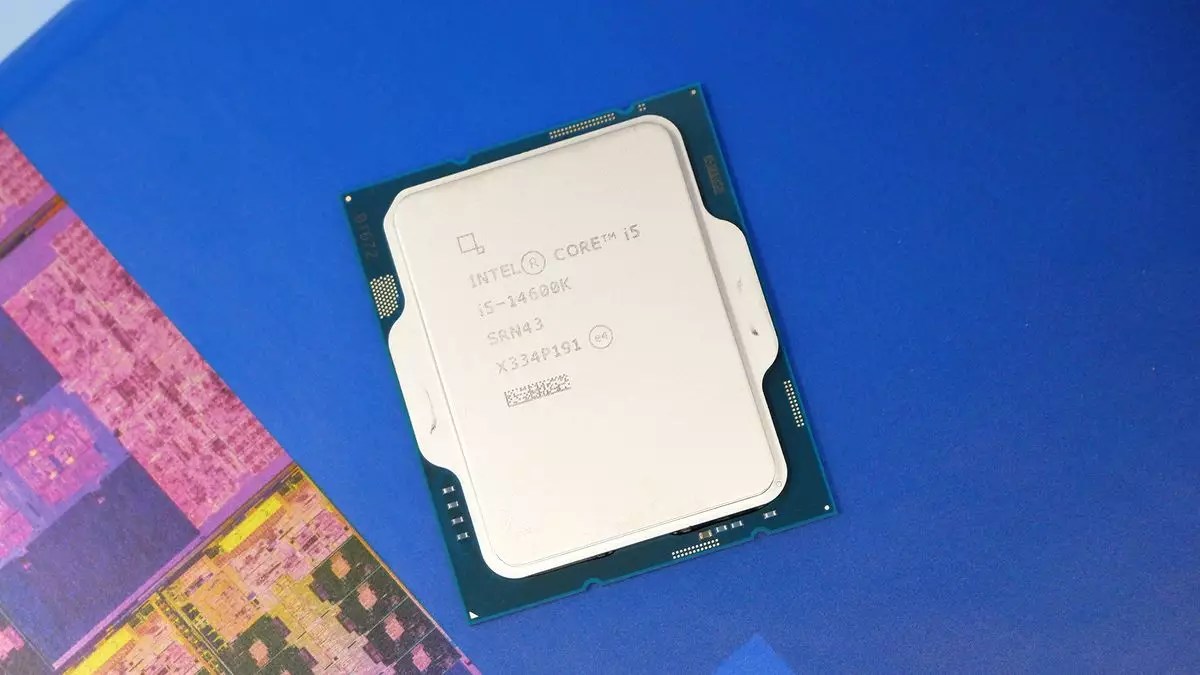Intel, a giant in the tech industry, has recently announced a significant workforce reduction, with 5% of employees being let go in 2023. Now, reports are surfacing that the company is preparing for even more layoffs this year. Speculations from Bloomberg suggest that the new round of cuts could be disclosed as early as next week. With approximately 110,000 employees currently on board, the number of jobs to be eliminated remains unspecified, but it is rumored to be in the thousands. These layoffs are expected to have a considerable impact, representing a substantial percentage of the existing workforce.
Concerns and Challenges
The news of additional job cuts only adds to the negative atmosphere surrounding Intel in recent times. The company has been grappling with issues related to the performance of its 13th and 14th Generation CPUs, as well as facing criticism for its inadequate response to the problems. The lack of clarity on the reasons behind the chip malfunctions, the absence of a recall strategy, ongoing sales of the faulty chips, and uncertainty regarding warranties and damage estimation have raised serious concerns and damaged Intel’s reputation.
Amidst these challenges, Bloomberg also predicts that Intel’s revenues for the second quarter of this year will remain stagnant compared to the same period in 2023. However, there is optimism about the potential for growth in the latter part of the year. Despite the turbulent times, Intel’s share price recorded a slight increase in after-hours trading following the news of the layoffs. Nevertheless, the stock value is still significantly down from previous periods, showcasing the ongoing struggles faced by the company.
State of Affairs at Intel
To comprehend the current situation at Intel, it is essential to acknowledge the company’s struggles in multiple areas. Intel has yet to prove that its chip manufacturing facilities are operating efficiently, despite ambitions to rival TSMC in fab technology. Issues with the Intel 7 chips, which are essentially rebranded 10nm chips, have surfaced, while the Intel 4 node is only utilized in a small portion of the Meteor Lake CPU, with the majority being produced by TSMC. The new Lunar Lake mobile CPU heavily relies on TSMC technology, further highlighting Intel’s challenges in internal chip production.
Roadblocks and Competitor Challenges
In addition to internal issues, Intel is facing tough competition from rivals such as AMD and Qualcomm. Market share losses to AMD in the server segment, threats from Qualcomm’s Snapdragon X chips in the laptop market, and struggles to gain traction in the graphics market with the Arc lineup have added to Intel’s woes. The recent flaws in the desktop CPU generations have only compounded the company’s difficulties, making it a challenging period for Intel to navigate.
Despite the current setbacks, there remains a glimmer of hope that Intel can overcome these obstacles and emerge stronger. A healthy and innovative Intel is crucial for the tech industry, as well as for consumers who rely on their products. The road ahead may be challenging, but with strategic decision-making, technological advancements, and a focus on quality, Intel has the potential to regain its position as a leader in the sector. The journey ahead may be long, but the possibility of a revitalized Intel remains a beacon of hope in the midst of uncertainty.


Leave a Reply